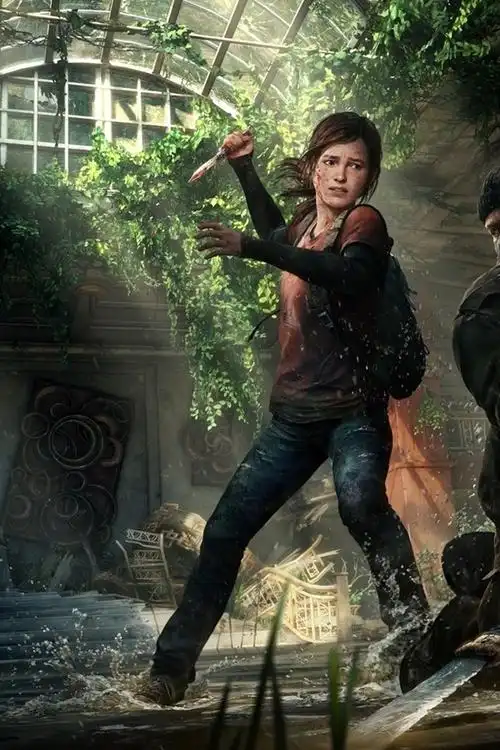The sun is always high in the blue, pixel-perfect sky of the virtual city. The weight of the tool belt is a familiar, comforting pressure on my hips, the metallic clink of the post-driver a satisfying sound in the haptic-feedback headphones. I am a certified Disabled Parking Sign Installer, and this is my office. The initial release of Disabled Parking Sign Installer Simulator VR was a surprise hit, a meditative yet purposeful experience that transformed a niche civic duty into a strangely compelling game. But it was the recent ‘Place Missions’ expansion that truly elevated the simulation from a simple job to a profound narrative journey.
The core gameplay loop remains beautifully simple, yet deeply engaging. You are tasked with installing new, bright blue disabled parking signs across a sprawling, meticulously designed city. Using motion controllers, you physically reach into your truck, select the correct sign and post, carry them to the pre-dug hole, align them with laser-guided precision, and use your pneumatic post-driver to securely plant them in the ground. The VR immersion is key—feeling the rumble of the tool, the slight resistance as the post sinks into the virtual earth, and the final, authoritative thunk that signals a job well done. It’s a zen-like process of bringing order and accessibility to the digital world, one sign at a time.
The ‘Place Missions’ expansion, however, layers a powerful human element onto this mechanical foundation. It’s no longer just about following a work order; it’s about understanding the why.

The expansion introduces a series of dynamic, scripted missions centered around specific citizens. Your PDA doesn’t just give you a GPS coordinate; it gives you a story. You receive a request from an elderly war veteran, “George,” who is facing a new mobility challenge after a stroke. His daughter’s voice, slightly crackled through the PDA’s speaker, explains that his weekly trip to the library for his book club is now fraught with anxiety because the nearest designated spot is three blocks away. Your mission isn’t just to install a sign; it’s to install a sign right outside the library’s main entrance, ensuring George can retain this crucial piece of his social life.
Another mission has you working with a young game developer, “Leo,” who uses a powered wheelchair. He’s started his own small indie studio downtown but the building’s sole disabled spot is consistently blocked by delivery trucks. Your task is more complex here. You must first install a new, clearly marked sign, but then you are also given a traffic cone and a virtual spray painter to demarcate a dedicated loading zone around the corner, solving the root of the problem rather than just the symptom. The mission ends with Leo rolling out of the building, giving you a thumbs-up, and saying, “Now I can actually get to work on time. Thank you.” The emotional payoff is immense.
The expansion brilliantly introduces new tools and environmental puzzles. You now have a manual auger to dig your own holes in grassy verges, requiring you to judge the soil density and angle. You have a level that physically appears in your hand, demanding a steady grip to ensure the post is perfectly vertical. In one memorable mission set during a light drizzle—a new weather effect that slightly obscures your vision and makes your tools slick—you have to install a sign on a steeply cambered curb. It took me three attempts to get the angle right, the frustration and eventual triumph feeling incredibly real.
Perhaps the most impactful addition is the “Compliance Check” mode. After installing a sign, you can trigger a first-person perspective from the citizen who requested it. You see the world from George’s eyes, slowly walking with a cane from the newly installed spot to the library door, counting each painless step. You experience Leo’s route from the parking spot to his office elevator, now completely unobstructed. This feature doesn’t just validate your work; it validates its purpose. It transforms the blue and white sign from a piece of metal into a key to independence.
The ‘Place Missions’ expansion for Disabled Parking Sign Installer Simulator VR achieves something remarkable. It takes a joke premise—the most hyper-specific simulator imaginable—and treats it with utter sincerity and respect. It is a quiet, thoughtful celebration of empathy, civic duty, and the profound impact that small, often invisible acts of infrastructure can have on people’s lives. It’s no longer just a simulator; it’s a series of short stories where you, the installer, are the quiet hero ensuring that everyone, regardless of mobility, has a place.


















